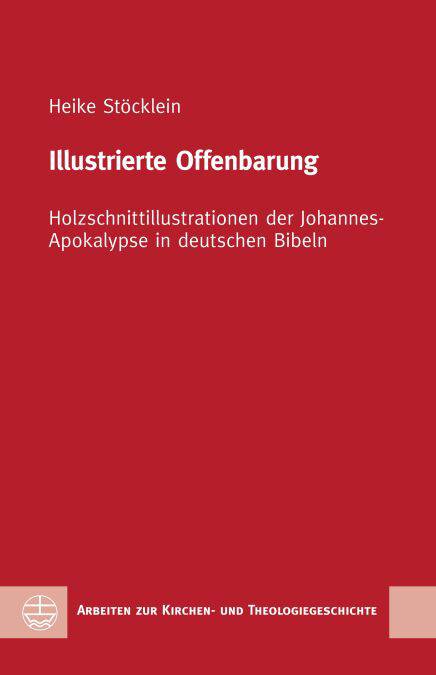
- Afhalen na 1 uur in een winkel met voorraad
- Gratis thuislevering in België vanaf € 30
- Ruim aanbod met 7 miljoen producten
- Afhalen na 1 uur in een winkel met voorraad
- Gratis thuislevering in België vanaf € 30
- Ruim aanbod met 7 miljoen producten
Zoeken
Illustrierte Offenbarung E-BOOK
Holzschnittillustrationen der Johannes-Apokalypse in deutschen Bibeln
Heike Stöcklein
€ 69,99
+ 69 punten
Omschrijving
Mitte des 15. Jahrhunderts kommt es im Zuge des Buchdrucks zu Herstellung und Vertrieb der ersten Bibeln in deutscher Sprache. 1522 erscheint dann Martin Luthers Übersetzung des Neuen Testaments und findet große Verbreitung. Die spätmittelalterlichen und die reformatorischen Bibeln eint, dass sie im Neuen Testament ausschließlich Illustrationen für die Offenbarung des Johannes aufweisen. Diese Holzschnitte zu untersuchen, sie nach ihren Bildinhalten, -aussagen und ihrem historischen Kontext zu fragen, ist Aufgabe und Ziel des vorliegenden Werkes.
Illustrated Revelation. Woodcut Illustrations of the Apocalypse of John in German Bibles.
In the middle of the 15th century, in the course of the development of letterpress printing, the first bibles were produced and distributed in German language. 1522 Martin Luther's translation of the New Testament is published and widely distributed. The late medieval and reformatory Bibles have in common that in the New Testament they contain only illustrations of the Revelation of John. It is the aim of the present work to examine these woodcuts and to explore their pictorial content and statements within their historical context.
Illustrated Revelation. Woodcut Illustrations of the Apocalypse of John in German Bibles.
In the middle of the 15th century, in the course of the development of letterpress printing, the first bibles were produced and distributed in German language. 1522 Martin Luther's translation of the New Testament is published and widely distributed. The late medieval and reformatory Bibles have in common that in the New Testament they contain only illustrations of the Revelation of John. It is the aim of the present work to examine these woodcuts and to explore their pictorial content and statements within their historical context.
Specificaties
Betrokkenen
- Auteur(s):
- Uitgeverij:
Inhoud
- Aantal bladzijden:
- 336
- Taal:
- Duits
- Reeks:
Eigenschappen
- Productcode (EAN):
- 9783374060320
- Verschijningsdatum:
- 30/08/2019
- Uitvoering:
- E-book
- Beveiligd met:
- Digital watermarking
- Formaat:
- ePub

Alleen bij Standaard Boekhandel
+ 69 punten op je klantenkaart van Standaard Boekhandel
Beoordelingen
We publiceren alleen reviews die voldoen aan de voorwaarden voor reviews. Bekijk onze voorwaarden voor reviews.











